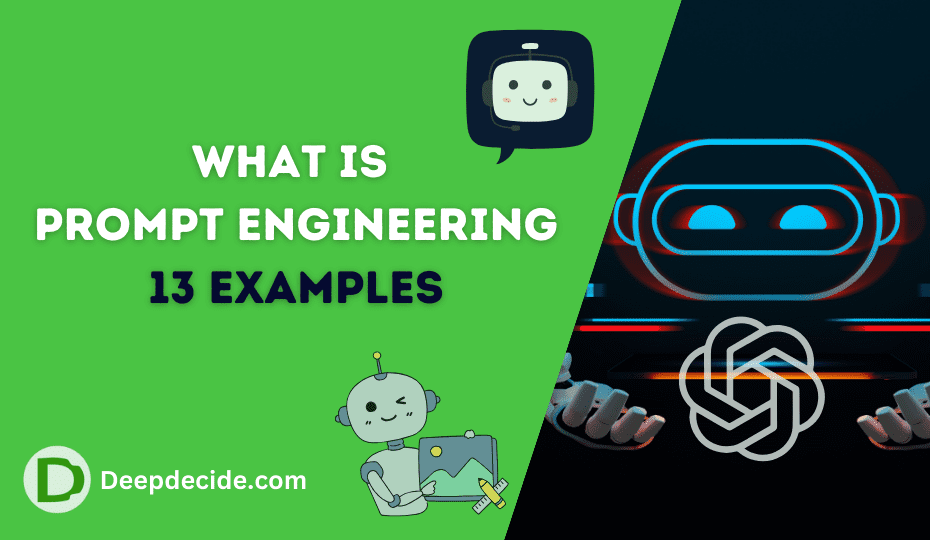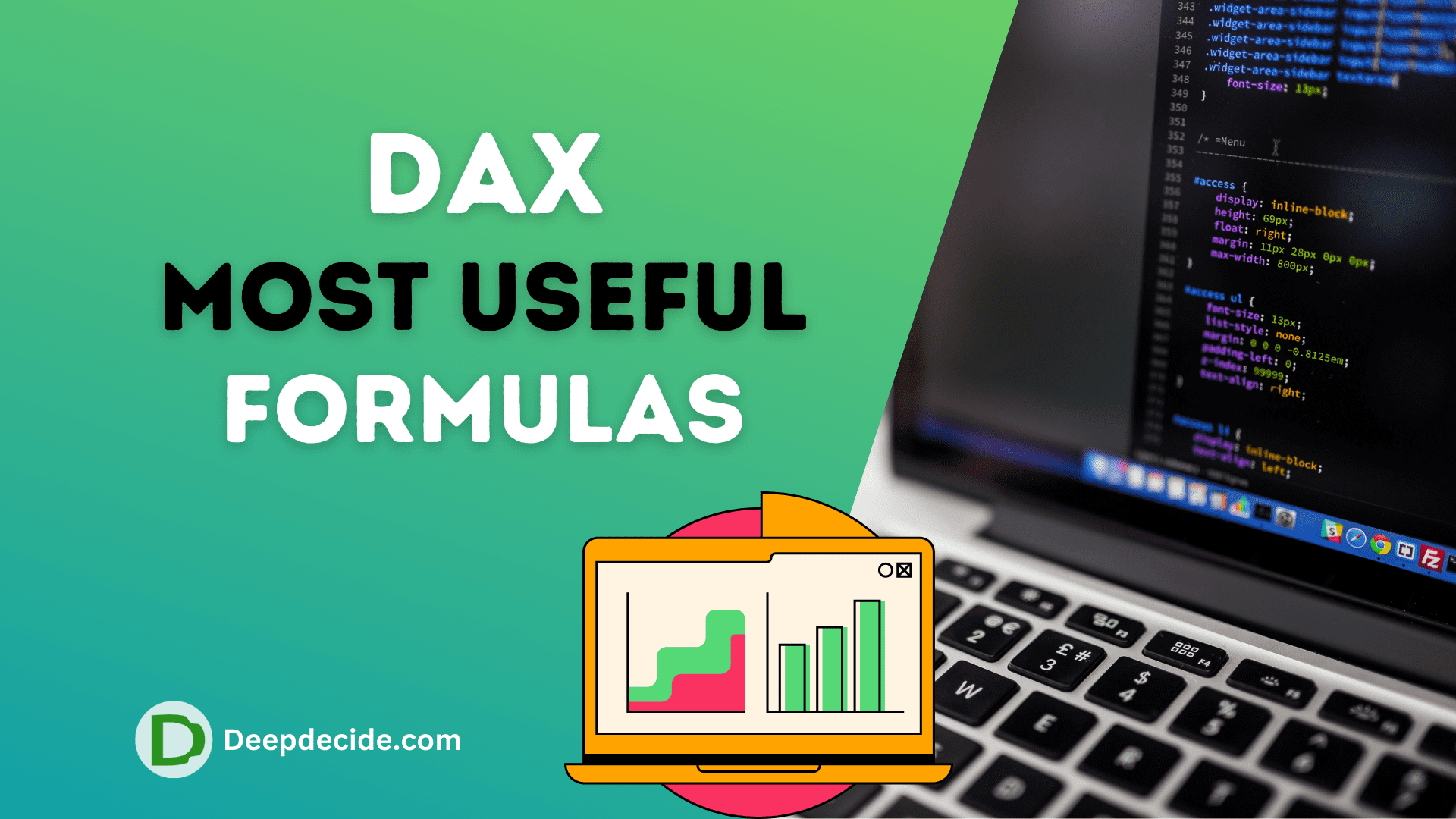Last Updated on: 16th October 2023, 07:54 pm
As the world advances towards a more technology-driven era, every element of the industry is witnessing dynamic evolution. One such transformation in the realm of artificial intelligence and programming is the emergence of ‘Prompt Engineering.’
What is Prompt Engineering?
Prompt engineering, in essence, is a process that involves devising specific pieces of text, termed ‘prompts,’ to manipulate a large language model’s output.
Just like a waiter responds to a customer’s order at a restaurant, prompts direct an AI model to produce desired outcomes. Therefore, crafting an accurate and efficient prompt is a crucial attribute of working with AI, which has manifested the inception of the term ‘Prompt Engineering.’
This interactive process between humans and an AI model is not only highly engaging but is also known to produce brilliant, creative results.
The underlying challenge, however, is in ‘how’ to converse with the AI, to steer it towards producing the expected result. And this is precisely where prompt engineering comes to shine.
Importance of Prompt Engineering
Prompt engineering has been predicted to be one of the vital skills necessary for the future and for all the right reasons! Let’s dive into some of the critical areas where mastering this skill can prove beneficial.
- Automation of repetitive tasks: Prompt engineering can automate ordinary, repetitive tasks such as ad copy creation, extracting pertinent details from a long piece of text, or generating product descriptions. Automation ensures a specific output format and quality produced consistently, saving effort and time.
- Accelerating writing: Be it creating the first draft or finalizing your piece of text, prompt engineering can be your go-to writing assistant. It can be beneficial in sending emails, drafting blog posts, or generating chat responses while maintaining the desired tone and context.
- Aiding Brainstorming Sessions: With prompt engineering, you never have to start with a blank canvas. It can generate the basic structure for a larger piece of work, aiding significantly in brainstorming sessions.
- Skill Augmentation: For writers looking to upscale their creative writing skills, prompt engineering can do wonders. This technique can help generate poems, fiction stories, or even articulate effective product pitches.
- Simplifying Complexities: Providing a simpler version of a document, stripping it down to its essence- can make understanding complicated texts easier.
- Expanding Perspectives: Adding a variety to the voice and ideas beyond just the person writing, it makes your piece more dynamic and diversified.
- Correcting and improving text: Turning a plain piece of text into a better version or correcting errors to produce more coherent sentences also illustrates an excellent application.
- Coding Assistance: Prompt engineering can help you write code. The AI can share optimization methods, identify any loopholes, and ensure a well-written code piece.
Prompt Engineering and Coding
At the heart of prompt engineering is an efficient coding paradigm, critical to devise algorithms driving AI applications and machine learning models. Python, Java, R, and Scala are among the commonly used languages in prompt engineering.
One can employ an AI model to write code using prompt engineering. Using a leading prompt such as “You’re an expert Python programmer, and your task is to help me write a Python script for my needs.
You must ask questions before answering to understand better what I am seeking,” the AI can share code snippets, and optimization methods, and ensure that the overall goal is met.
Types of Prompts
There are mainly two types of prompts in the world of prompt engineering: Direct Prompting and Prompting by Example.
Direct Prompting: Here, the command is given directly without any examples, e.g., ‘What is the capital of the USA?’
Prompting by Example: An AI model is fed with an example, and it responds in a similar pattern. For instance, you provide an instance, ‘What is the capital of the USA? A: The capital of USA is Washington.’ Now, if you ask a new question, ‘What is the capital of Australia? The model would respond in the similar pattern, ‘The capital of Australia is Canberra.’
Chaining of Thoughts: It is a more advanced technique, also known as ‘Zero Chain of Thought,’ where you can encourage the model to explain its reasoning.
Real-World Applications of Prompt Engineering
Let’s delve into the real-world applications of Prompt Engineering:
Role Assigning: A role can be assigned to the AI to make it generate a particular type of response. This is commonly known as ‘Role Prompting.’ For instance, assigning a role like an expert in writing viral YouTube titles will make the AI model generate catchy, unusual, and creative YouTube titles.
Chain of Thoughts: It encourages the AI model to think and expand on a topic by showing it a few examples. It provides detailed and more logical explanations.
Styling and Voice: Suppose you want to understand a topic in a specific tone or style. In that case, you can instruct the AI to give the description in a simpler language (for a 6-year old, for instance), in a fun way (with funny examples), or even in a specific style (e.g., Shakespeare’s style).
Generating Tables and Data: AI model can also respond with Data and Tables. For instance, you can generate a mock data table showing Google SERP results with fields like Title, Link, DA, PA, and Title length.
Prompt Engineering Parameters
There are specific parameters that you can adjust and experiment with to get the best output. These include:
Model: Here, the model refers to the AI model (like ChatGPT) you’re using. Each model has specific limits and capabilities.
Temperature: It is used to control the level of randomness and creativity in the generated text, following the principles of thermodynamics!
Token: The NLP model tokenizes your prompt, where each token is like a word or a group of characters. Tokenization is essential from the standpoint of processing power and response generation.
Top-P: Top-P stands for ‘Top Percentage.’ It chooses from among the most probable words whose cumulative probability exceeds a certain threshold, essentially adding diversity to the AI’s responses.
Examples Of Prompt Engineering
Example 1: Advanced Complex Scenario Creation
Suppose you are working on a project that involves creating a complex scenario within a video game setup using AI. You may utilize the advanced prompt scenes before incorporating the code into the game’s AI.
Here is a prompt you might use:
"You're a seasoned adventurer in a fantasy world, with an extensive backstory filled with quests and battles. You're in the town of Galadrial, known for its magical artifacts, and you need to secure a rare gem that gives its owner extraordinary strength. There's a rumor that Thozan, the local blacksmith, has it. You must confront him without arousing suspicion, then negotiate or barter for the gem. Remember, you need to maintain your disguise as a simple merchant."
The AI, equipped with this prompt, can then generate code outlining a series of actions and dialogue to make this scenario come true, complete with contingencies for various outcomes.
Example 2: Creating a Marketing Campaign
For a project on developing a comprehensive marketing strategy with email templates, social media campaigns, content marketing, etc., a prompt can be:
"You’re the marketing director for a startup that has developed a new fitness app called FitGenius, which customizes workout plans and meal suggestions based on an individual's lifestyle and fitness goals. Develop a creative, engaging, and comprehensive marketing campaign fit for the digital age."
The AI will utilize the given prompt to develop a detailed marketing campaign. It will right from creating catchy email templates to an engaging social media campaign, blog posts for content marketing, ad design, and even video scripts for ad campaigns.
Example 3: Complex Data Analysis
Prompt engineering can also accomplish complex data analysis tasks. Generating a large dataset for sales forecasting, for example, might look something like:
"You’re a sales analyst for a large retail company. Generate a hypothetical 7-year sales dataset for 15 global locations. Dataset parameters include quarterly gross sales, net sales, number of transactions, top selling products, and local economic conditions. The data should reflect changes in factors such as seasonality, economic recession, effects of a global pandemic, and the introduction of a groundbreaking new product."
This prompt will drive the AI model to generate a detailed, intricately varied dataset, making it a reliable base for multiple analyses and forecasts.
Example 4: Generated News Articles
Prompt engineering may also be used to generate detailed articles based on given headlines. For example:
"You are a seasoned journalist reporting on technology advancements. Write a comprehensive, in-depth news feature on the headline: 'AI in Healthcare: Revolutionizing Patient Care and Diagnosis.'"
The AI will then produce an engaging article, backed with likely data and expert quotes.
Remember, these examples are just the starting point. The possibilities with Prompt Engineering are endless, covering various domains from literature to complex coding tasks, making it an indispensable tool in the modern technology era.
Example 5: Creating Intricate Worlds in Storytelling
Narrative and storytelling also provide a great application for prompt engineering. Consider a scenario where you’re working on a fantasy novel and need to create a rich, detailed world.
Prompt:
"You're an established world-maker for well-known fantasy novels. Your task now is to create a detailed setting for my upcoming novel. It's a world where mythical creatures and magic are a part of everyday life with floating islands, enchanted forests, mysterious caves, and ancient civilizations. The setting should be described season by season focusing on the atmosphere, climate, flora, and fauna able to interact with magic. Don't forget to mention the impact of the magical environment on its inhabitants."
Using this prompt, the AI could produce a diverse and engaging storyline with attention to intricate details of the fantasy world.
Example 6: Making User Guides, Manuals, or Wikis
Prompt Engineering can be immensely beneficial while generating user guides, manuals, or comprehensive wikis about products, services, or software.
Prompt:
"You're a tech writer with over 15 years of experience writing software documentation. Write an installation and getting started guide for our new productivity app, WorkEase. The app is available on both iOS and Android platforms."
Using this prompt, the AI model can generate a complete guide, identifying possible setup hiccups, troubleshooting tips, and operational guidelines.
Example 7: Historical Data Generation
Generating detailed, realistic data from a historical period can also be accomplished using prompt engineering.
Prompt:
"You're an expert data analyst with extensive knowledge of 19th-century American history. Generate a hypothetical dataset for textile mill production in New England from 1800 to 1890. Parameters include yearly gross production, number of workers, types of textiles produced, number of mills in operation, and economic factors."
This prompt will prompt the AI model to produce plausible and detailed historical data based on the conditions stated.
Example 8: Creating Conversational AI
Prompt Engineering can be instrumental in creating conversational AI for customer service bots, personal assistants, chatbots, etc.
Prompt:
"You're an AI language model trained to converse like a friendly, helpful, knowledgeable customer service representative. You've been programmed to handle inquiries about the XYZ e-commerce store, handling everything from product information to tracking orders, handling returns, and troubleshooting common technical problems."
This prompt would guide the AI to generate responses with a distinct friendly yet professional tone, reminiscent of a customer service representative providing desired service.
Example 9: Drafting Legal Contracts
In the legal field, prompt engineering can help automate the creation of legal contracts and various legal documents.
Prompt:
"You are an AI developed by a team of expert contract lawyers. Your task is to draft a comprehensive Service Level Agreement (SLA) for a software vendor providing cloud-based services to businesses. The agreement should cover areas such as service definition, performance measurement, problem management, customer duties, security, confidentiality, and termination."
With such a prompt, the AI model could generate a comprehensive legal contract, thus reducing the manual work for contract lawyers.
Example 10: Request for Proposals (RFP)
In the field of project management and procurement, prompt engineering could exhaustively automate the process of generating RFPs.
Prompt:
"You are an AI developed for assisting a telecommunications company. We need to upgrade our network infrastructure, including hardware, software, and service subscriptions. Create a detailed Request for Proposal (RFP) that we can send to potential vendors."
The AI can then come up with a detailed RFP, providing exhaustive points on the requirements and project expectations.
Example 11: Educational Study Material and Quizzes
For educators, creating unique and interactive study materials or quizzes is a recurring requirement. Here, prompt engineering comes to the rescue.
Prompt:
"You're an academic AI specializing in middle school mathematics. Create a fun and engaging study guide for the topic 'Geometry,' specifically on triangles and quadrilaterals, also include a 10-question quiz at the end."
Using this prompt, the AI model could generate an interactive study guide, incorporating graphics and practical examples. It could constructively wrap up the guide with a challenging yet engaging quiz for quick assessment.
Example 12: Business and Financial Analysis
Prompt Engineering could also lead the way in automating certain aspects of business and financial analysis.
Prompt:
"You are a sophisticated AI Business Analyst. We are a company operating in the e-commerce sector. Analyze the market performance of our three main product categories for the past financial quarter in comparison with the same quarter from the prior year. Highlight the areas where sales increased or decreased along with plausible reasons and suggestions for growth."
Based on the financial data fed to the model, it can provide a comprehensive analysis overview, also projecting growth areas and strategic suggestions.
Example 13: Reformatting Content
Reformatting long-form content into short-form or micro-content is another area where prompt engineering can be used.
Prompt:
"You are an AI developed for condensing long-form content. Convert the following 1500-word article on 'Feeding Habits of Marine Species' into a summarized, engaging, 200-word piece suitable for social media posting."
The AI model can thus reformat the long article, highlighting key points, making the content more engaging, and apt for a social media audience.



